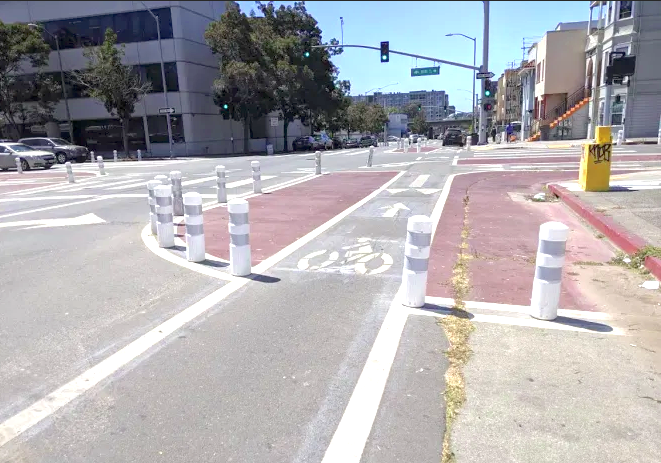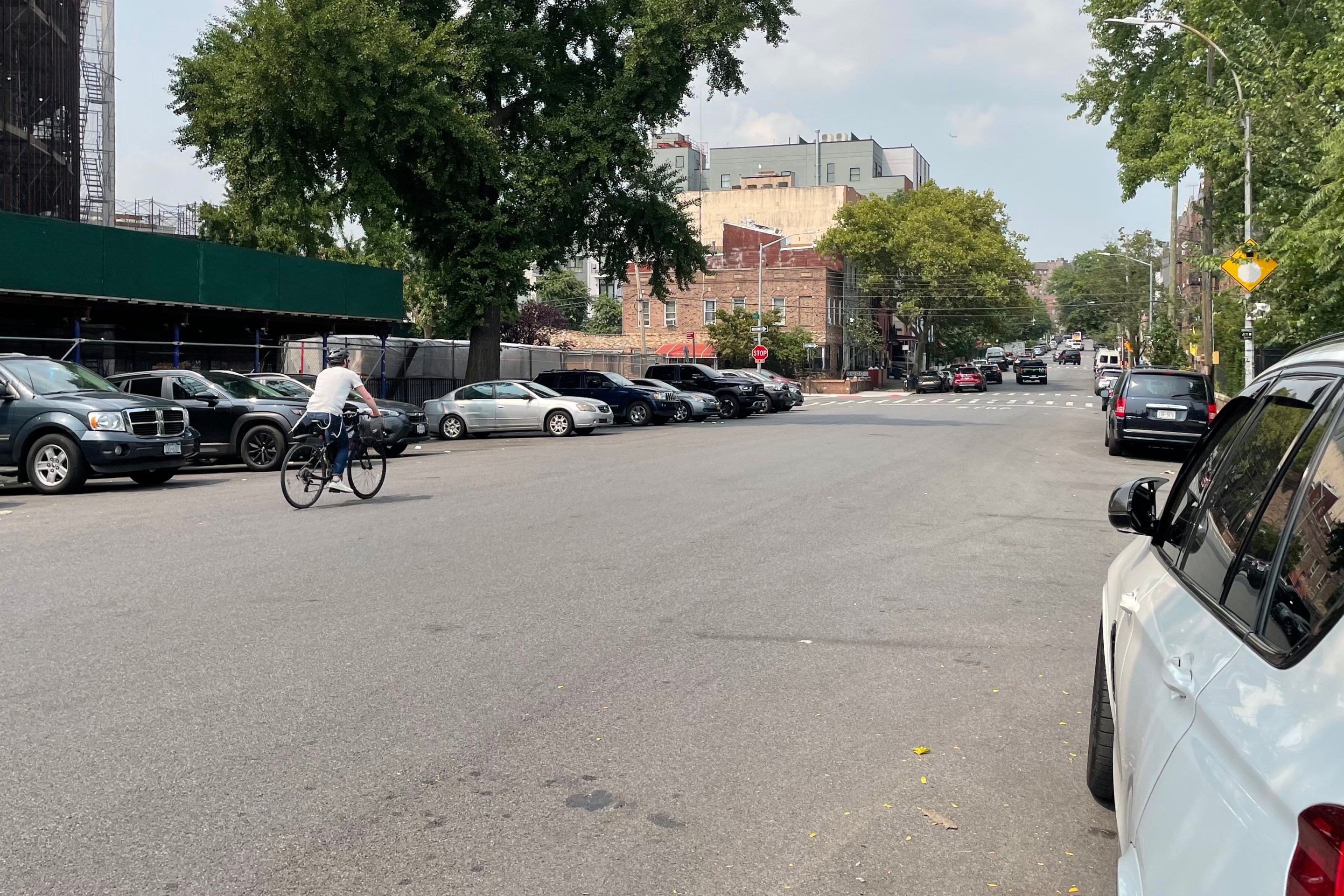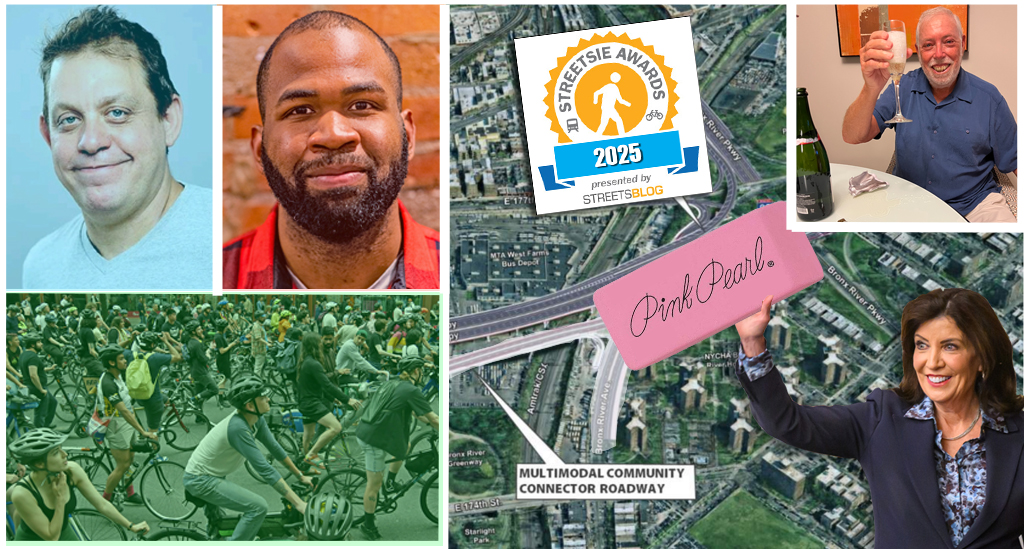An influential Manhattan panel is asking the city to allow “quick-build” curb extensions, arguing that the current restrictions hurts pedestrian safety and disadvantages poor and residential areas.
Manhattan Community Board 4 has asked the Department of Transportation that it “reexamine its practice of requiring a maintenance partner and insurance for the installation of temporary curb extensions,” because the requirement “limits opportunities to install [the] pedestrian safety features” and thereby “indirectly contributes to avoidable pedestrian deaths and injuries.”
The rule effectively limits the temporary curb extensions to areas with strong Business Improvement Districts that can shoulder the requirements of maintenance and insurance.
“We are requesting these changes because the rule is preventing the implementation of those features in the places that need it the most,” said Christine Berthet, the transportation co-chairperson of CB4 and a signer of the Aug. 3 letter. “We want these features to be installed very easily everywhere.”
The letter — from a board that represents diverse communities, from the luxury high rises of the far West Side to New York City Housing Authority buildings — represents the latest local attempt to restore equity in the city’s built environment and reclaim road space from automobiles for people.
In the last year, several Manhattan community boards have resolved to explore alternative uses for their curbside space, which is dominated by private car storage. CB7, representing the Upper West Side, and CB2, representing lower Manhattan, asked that the DOT study such uses as residential loading zones, paid parking permits, expanded metering, and other remedies in order promote safety and relieve congestion.
Then, too, many New Yorkers are seeking to dismantle the legacy of systemic racism and disinvestment in poor communities: Generations of planners built noxious highways through poor neighborhoods and denied them amenities such as street-safety infrastructure and plentiful parks.
In this case, the board is seeking to employ so-called tactical urbanism — temporary curb extensions — in the service of safety and equity.
The extensions, known as “neckdowns,” use paint and flexible bollards to bulk out curbs either at intersections or midblock, a cheaper and easier build than permanently extending a sidewalk with concrete (which can affect utilities).
Crews recently painted neckdowns at E138th St & 3rd Ave, creating shorter crossings for pedestrians 🚶 in #theBronx. #VisionZero pic.twitter.com/e14zJIRAtI
— NYC DOT (@NYC_DOT) August 23, 2017
Even so — as the board noted and the DOT’s own manual maintains — neckdowns confer the same benefits for long-suffering pedestrians as permanent extensions: they reduce crossing distances, relieve sidewalk crowding, slow down turning vehicles, highlight the pedestrian right-of-way, and discourage the incursion of trucks onto “No Truck” streets.
“With so many benefits, this cost-effective strategy is applicable to many locations,” the board wrote. “Yet, to install a temporary sidewalk extension in the street bed, DOT requires a contract with a maintenance partner. This maintenance partner must have insurance and agree to take on specific duties, including sweeping, snow removal, and watering of any planters. Finding such partners can be a long, drawn-out process.”
Or an impossible process — if the area in question is a poor neighborhood with few institutions and fewer resources, or simply a highly residential area.
CB4 wrote that, in particular, it was looking to install neckdowns at four intersections, including one next to “a NYCHA complex where a young boy was killed,” another “at a corner where two seniors were killed,” and two others near large affordable-housing complexes for seniors.
A DOT spokeswoman said, "the letter was received and we are currently reviewing it."
The CB4 request comes as an earlier request for the city to stop requiring maintenance partners — in that case for the installation of bike corrals — seems to be finally taking root at DOT. The agency promised earlier in this year that it would slowly start installing bike corrals without a partner. The agency said recently that it would install four such bike parking spaces.






